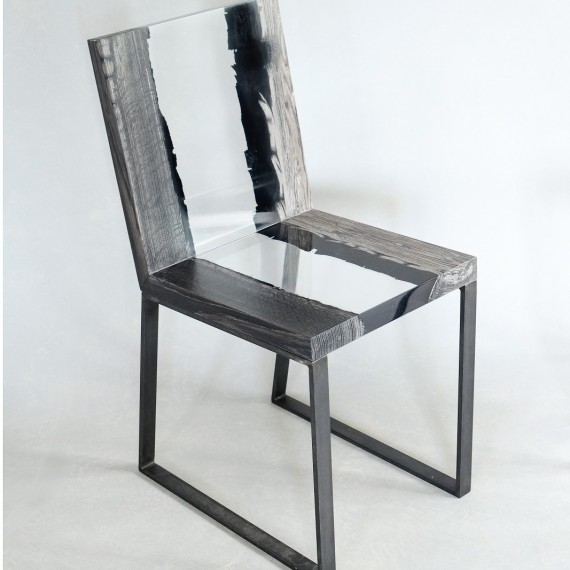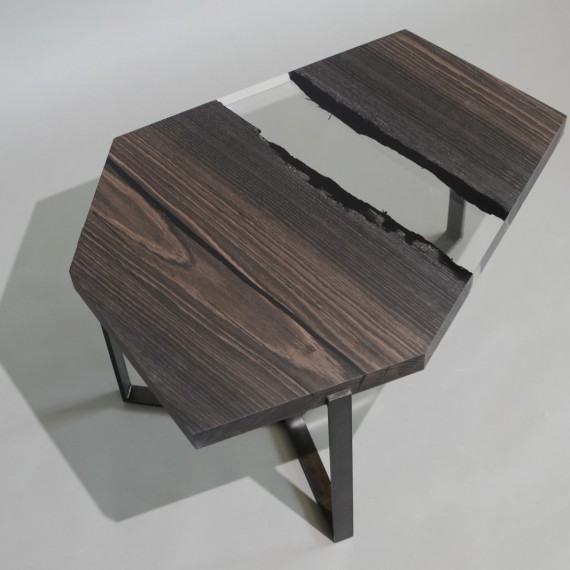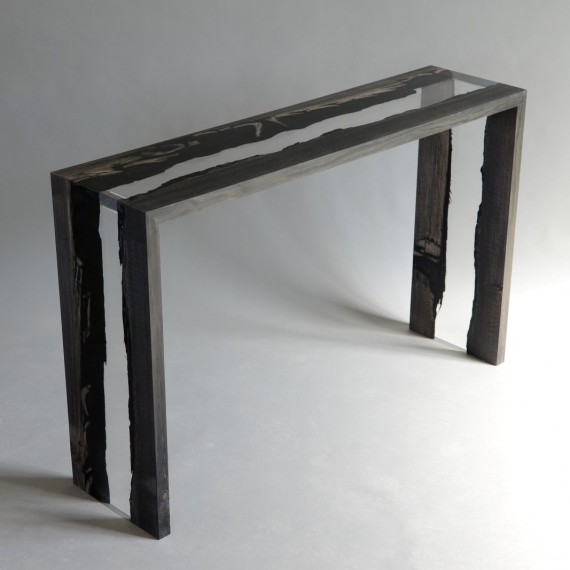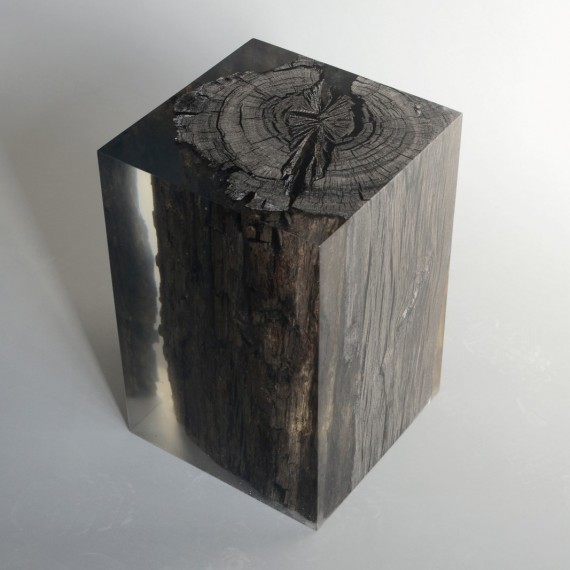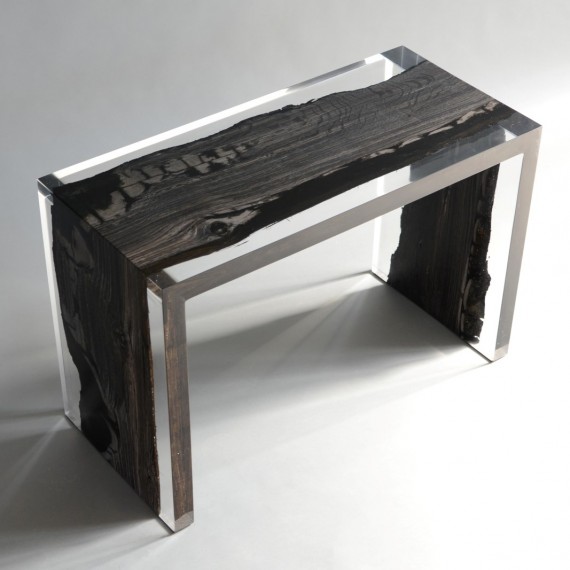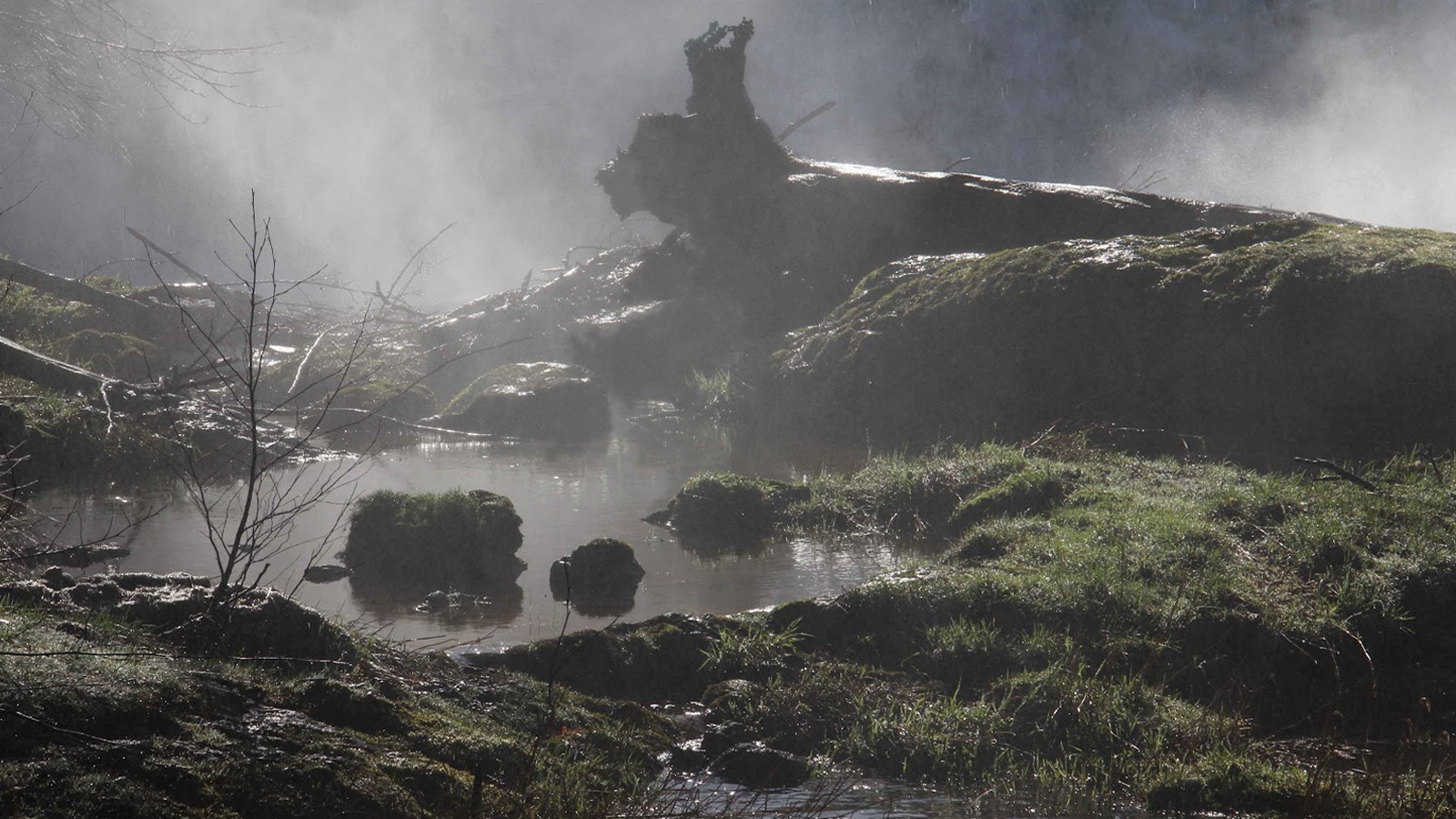
A wealth of natural history buried in a peatland
“Nature is often hidden, sometimes overcome, seldom extinguished.”
Sir Francis Bacon
Alcarol recovered some unusual black trunks of Oak trees lain in a small Alpine peat. The radiocarbon dating has revealed their age: the fifth century before Christ.
Peatland is a wet area that accumulates deposit of dead plant material where the water at the ground surface is acidic, anaerobic and low in nutrients.
Deprived of oxygen, the buried wood undergoes the process of fossilization. The peat protects the wood from normal decay, while the underlying peat with iron salts and other minerals react with the tannins in the wood, gradually giving it a distinct dark brown to almost black color.
This millennia-long process also increases its hardness to such a level that it can only be carved with the use of special cutting tools.
Sites of quality peat wood in the world are very rare and saving the wood for further processing is a very delicate matter.
The process of wood desiccation is very complex, and despite great care, most of the raw wood is unsuitable for further processing.
Alcarol selects the most suitable trunks and cut the pieces preserving the natural eroded outer surface.
Then alcarol uses its innovative resin process to emphasize this precious wood with transparent resin volumes resembling the water that has conserved them for millennia.
The natural wood surface it’s not covered by resin on the section planes, so you can touch the warm organic vibrancy of such an ancient material.


